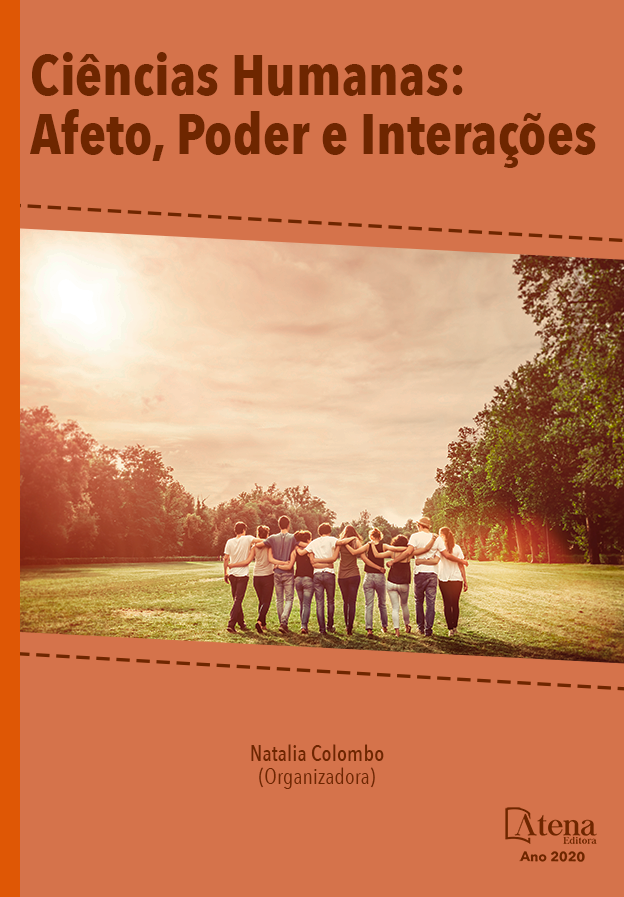
O canto das sereias: imagens do habitar na cidade de São Paulo sob o capitalismo financeiro
Este artigo propõe prolongar o pensamento de Henri Lefebvre e desvelar sua potência para o século XXI com o objetivo de iluminar a dimensão do consumo do habitar na cotidianidade da cidade de São Paulo, com imagens que povoam o imaginário social, por meio de um aparelho econômico-ideológico que cria o senso comum, sob o contexto do neoliberalismo e da financeirização. Na esteira de Henri Lefebvre nossa intenção é tecer teoria e prática para instigar uma reflexão crítica para o século XXI do habitar na cidade de São Paulo. A adoção dessa metodologia pressupõe a construção de uma periodização do tempo histórico apta a identificar descontinuidades no conceito de consumidor e na gestão das incorporadoras, ao mesmo tempo, que parte imersão dos autores na realidade urbana para a seleção dos objetos empíricos que serão utilizados nesse artigo: o lançamento imobiliário Square Ipiranga da incorporadora Gafisa, o lançamento Jardim das Perdizes da incorporadora Tecnisa e o conceito de tempo² desenvolvido pela incorporadora Vitacon. Partimos do seguinte problema: de que forma as imagens do habitar aderidas aos valores do mercado incentivam a produção da alienação do direito à cidade? Assim, nossa hipótese é que o marketing, atualmente, representa a essência do empreendimento imobiliário, pois por sua capacidade de fixar sentidos e ideologias, atua tanto na formação de opinião pública como no imaginário social. Refletir criticamente sobre o papel das imagens do habitar na contemporaneidade torna-se relevante, pois, aponta para a perda da experiência concreta do homem no mundo. No livro A presença e a ausência, Lefebvre estabelece uma crítica às representações, sobretudo quando assumem o lugar do vivido promovendo a produção da alienação. Então, confrontar essas imagens é tarefa para os arquitetos, assim como, construir lugares de presença, onde o mundo das representações se impõe como “real”.
O canto das sereias: imagens do habitar na cidade de São Paulo sob o capitalismo financeiro
-
DOI: 10.22533/at.ed.57320071013
-
Palavras-chave: Representações, consumo, habitar, alienação.
-
Keywords: Representations, consumption, living, alienation.
-
Abstract:
This article proposes to prolong the thought of Henri Lefebvre and unveil its power for the 21st century with the aim of illuminating the consumption dimension of housing in daily life in São Paulo city, with images that populate the social imaginary, through an economic-ideological apparatus that creates common sense, under the context of neoliberalism and financialization. At Henri Lefebvre’s wake our intention is to weave theory and practice to instigate a critical reflection for the 21st century of housing in São Paulo city. The adoption of this methodology presupposes the construction of a historical periodization able to identify discontinuities in the concept of consumer and in the management of real state companies, at the same time, which starts immersion of the authors in the urban reality for the selection of empirical objects that will be used in this article: the real estate launch Square Ipiranga of the developer Gafisa, the launch Jardim das Perdizes of the developer Tecnisa and the concept of time² developed by the developer Vitaracon. We start from the following problem: how do the images of the dwelling adhered to the market values encourage the production of the alienation of the right to the city? Thus, our hypothesis is that marketing currently represents the essence of real estate enterprise, because due to its ability to fix meanings and ideologies, it acts both in the formation of public opinion and in the social imaginary. Reflecting critically on the role of images of living in contemporaneity becomes relevant, because it points to the loss of the concrete experience of man in the world. In the book The presence and absence, Lefebvre establishes a critique of representations, especially when they take the place of the lived promoting the production of alienation. Thus, confronting these images is a task for architects, as well as building places of presence, where the world of representations imposes itself as "real".
-
Número de páginas: 21
- Fábio Lopes de Souza Santos
- Maria Fernanda Andrade Saiani Vegro


